


Are you ready to jump on board the booming cab industry? Developing a cab ordering app is your golden ticket to profit like a boss.We'll give you the juicy details about the benefits of the cab booking app development, the must-have features that will make your users swoon, and the development cost. We'll also provide some eye-catching statistics and growth trends to show you how lucrative this industry can be.
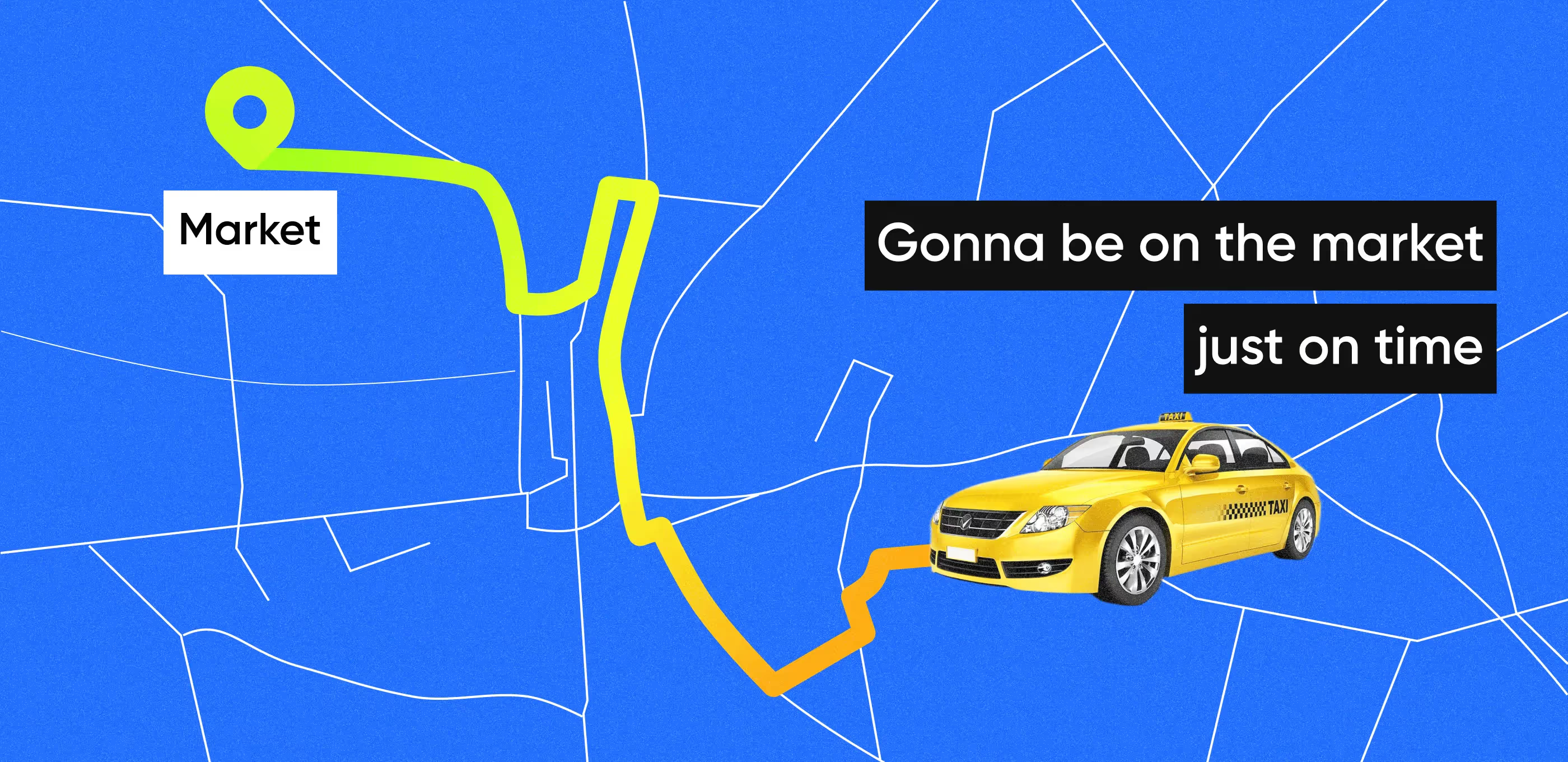
The ride-hailing and taxi market volume is forecasted to reach $230 billion by 2030, according to Statista.
Cab booking apps have become increasingly popular. In 2024, Uber reported that the total number of global trips grew by 21% compared to the previous year. Lyft also marked a 15% surge in rides.
The popularity is growing because the services are cheaper and more convenient than regular taxis, and more people use mobile apps. As a result, companies in the taxi industry are investing in technology and expanding their services to meet this demand.
A cab booking app can operate in 2 modes: driver and passenger. The driver mode allows drivers to accept ride bookings, get information about the passenger, use live map navigation, and receive payments. In the passenger mode, the app users can book a ride, view driver profiles, track the car, and pay for the ride right in the app.
There are 2 types of cab ordering apps: dedicated taxi booking apps and aggregator taxi booking apps.
Such applications enable passengers to book rides directly with the companies that develop and own these apps. In such an app, a passenger receives access to vehicles owned and operated by the company and can choose from a range of vehicle types and sizes to suit their needs.
This type of taxi booking app is a good fit for companies looking to change their business strategy and move their operations online. Say there’s a company that has dedicated cabs and drivers at their disposal, but its online presence is lackluster. Without mobile apps, this company risks losing customers to competitors that have already adapted and begun offering their services online.
On the other hand, aggregator applications work by connecting passengers and drivers from taxi companies. Examples of aggregator taxi booking apps include Bolt, Ola, and Didi. These apps are essentially intermediaries between drivers and passengers, allowing customers to choose from drivers from numerous taxi companies.
Aggregator apps earn money via commissions. The algorithm inside the app determines the fare’s price, and then the company takes a percentage of it as a profit. Most drivers prefer using aggregators, mainly because these apps make finding clients easier.
Whether it’s commuting to work, running errands, or traveling to a new city, cab booking apps have become an indispensable tool for modern-day commuters. However, with an ever-increasing number of apps in the market, it’s crucial to have the necessary features of a taxi app that meet user expectations.
User registration and verification. To access the features of a taxi app, users must sign up and verify their identity. This process is essential for maintaining passenger security.
Ride booking. The core feature of a cab ordering app is to allow users to reserve a ride. This includes selecting their pickup and destination locations, choosing a payment method, and the type of car.
Real-time GPS tracking. It helps users track their ride and see the approximate time of arrival. This function gives users peace of mind and lets them plan their time more efficiently.
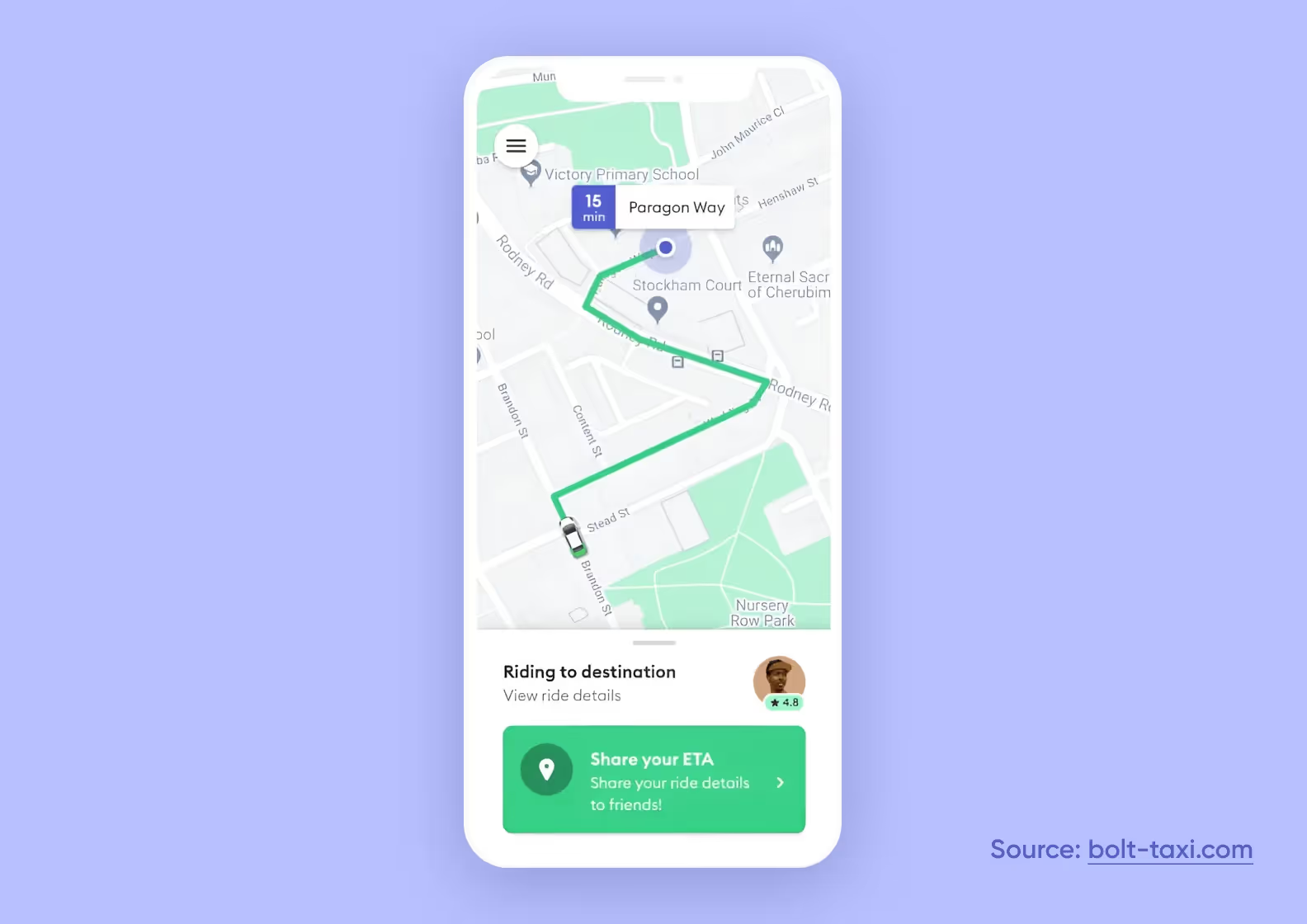
Driver information. Users of the taxi booking app should be able to view the driver’s name, photo, and vehicle details, as well as the current location in real time. This feature ensures transparency and builds trust between the user and the driver. It also enables users to verify that they're getting into the correct vehicle.

Fare estimation. Provide users with a fare for their ride in advance. The estimation is typically determined by the pickup and destination location. This helps avoid any surprises when it comes to payment.
Payment. Implementing various payment options, including credit cards, debit cards, and mobile wallets will make your app more competitive. It's important to ensure secure payment processing through a reliable payment gateway.
In-app сommunication. This feature allows users to communicate with the driver in the app without having to share personal information such as phone numbers. It also ensures that any special requests or needs are communicated clearly.
Ride history. The app should maintain a history of past rides, payment history, and ratings. With this feature, users can easily monitor their rides and payments, simplifying the management of their expenses.
Push notifications. Implement notifications during taxi app development to alert users about ride confirmation, the car location, and arrival time. This feature ensures that users are informed about the status of their ride and any updates related to it.
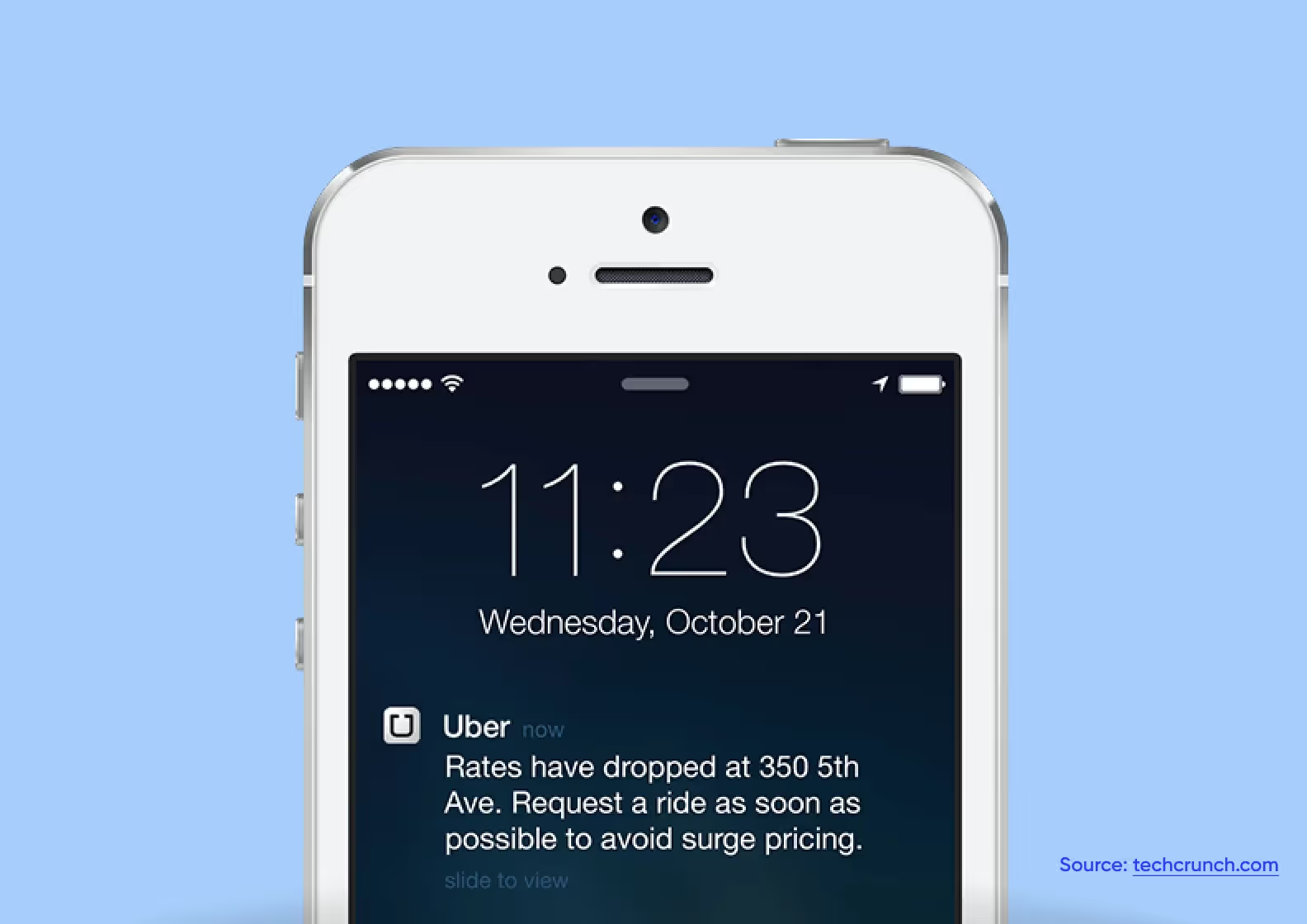
Feedback and ratings. Users should be able to rate their experience with the driver and share comments on their ride.
Some of the above-mentioned features are mostly common to both drivers and passengers: registration, in-app communication, ride history, and push notifications. But some features are specific to drivers.
Personal driver profile. Drivers and passengers have different needs, so the interfaces they’re using should have their own features too. Let drivers customize their personal information inside the taxi booking app, including telephone numbers, photos, and tips.
Earnings tracking and management. Drivers can view their earnings history, track their ride history, and withdraw their earnings from the app. This feature provides drivers with transparency and control over their earnings and helps them manage their finances effectively.
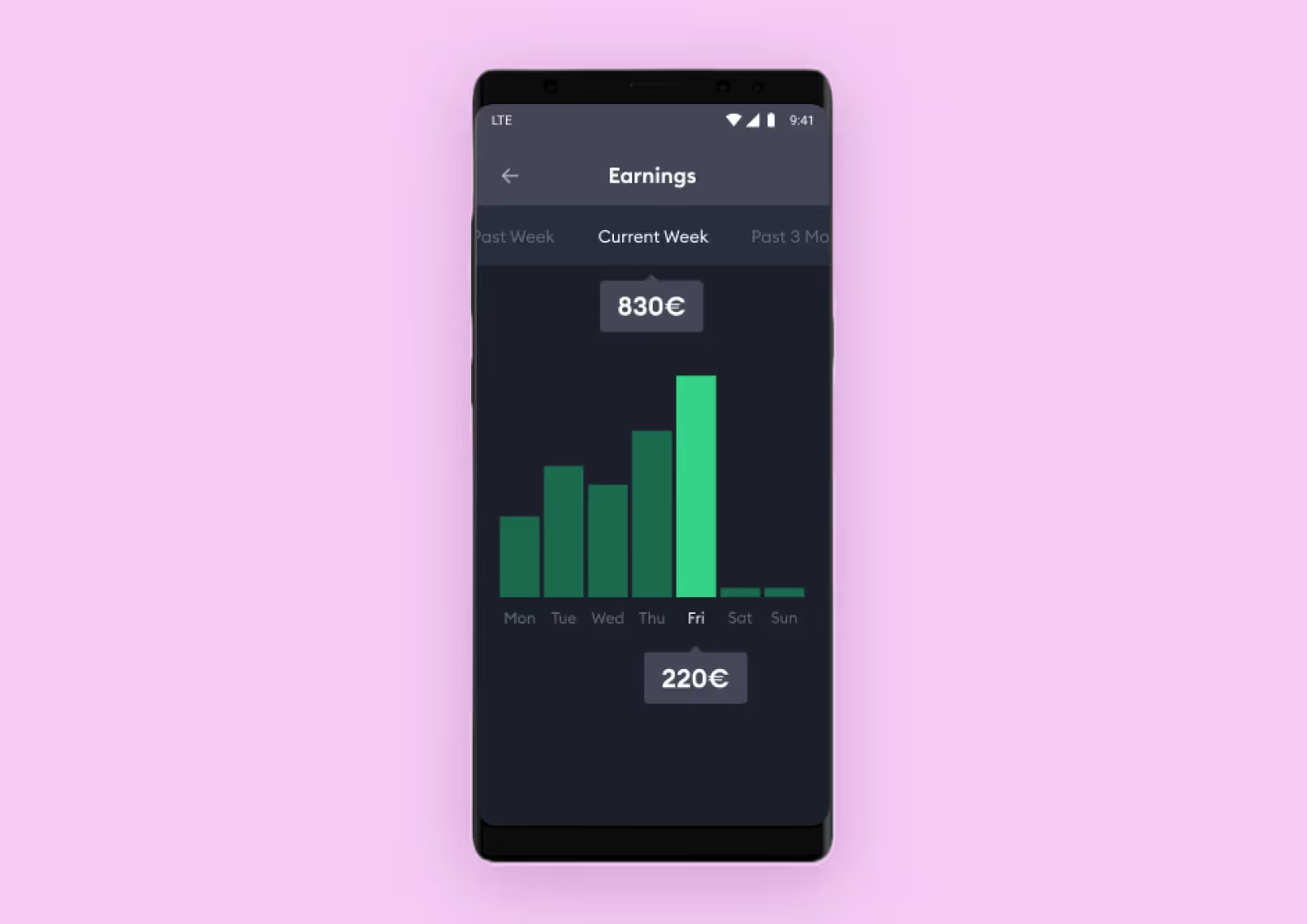
Ride acceptance preferences. Drivers can set ride acceptance preferences based on factors such as distance, passenger ratings, or surge pricing. This helps drivers receive only the ride requests that best fit their driving style and liking.
Live map navigation. This feature helps drivers by providing them with real-time traffic updates, alternative route suggestions, and turn-by-turn navigation. These tools optimize the driving route to ensure that the driver will come to the needed location as soon as possible.
Ride cancellation. Sometimes, drivers can run into issues during car rides. The passenger may get too rude, sometimes they can behave aggressively or even damage the car. Also, the vehicle itself can experience problems, from flat tires to troubles with the engine. In any case, giving drivers the freedom to cancel their rides inside the taxi booking app will enhance the user experience.
Customer rating. Let drivers rate passengers. You could implement a five-star rating system or add a small window where your users can input their feedback. Overall, this feature can make drivers more loyal to your service. Once they see a passenger with a low rating, they can dismiss their order and go on their way.
If you're considering developing your own cab booking app, these tips can be helpful in improving the user experience:
Consider adding a reward system for drivers. This can encourage them to provide excellent service and build a positive reputation for your app. You can offer bonuses or incentives for drivers who complete a certain number of rides or receive positive ratings from users.
Add features that will distinguish you from competitors. These are unique and useful features that will make your target audience choose your app over competitors. For example, the possibility of ordering a truck or limousine.
Offer multiple payment options to users. Offering a variety of payment methods can make your app more convenient and accessible to a wider range of users. Besides traditional payment methods such as credit and debit cards, consider implementing mobile wallet payments or even cryptocurrency payments.
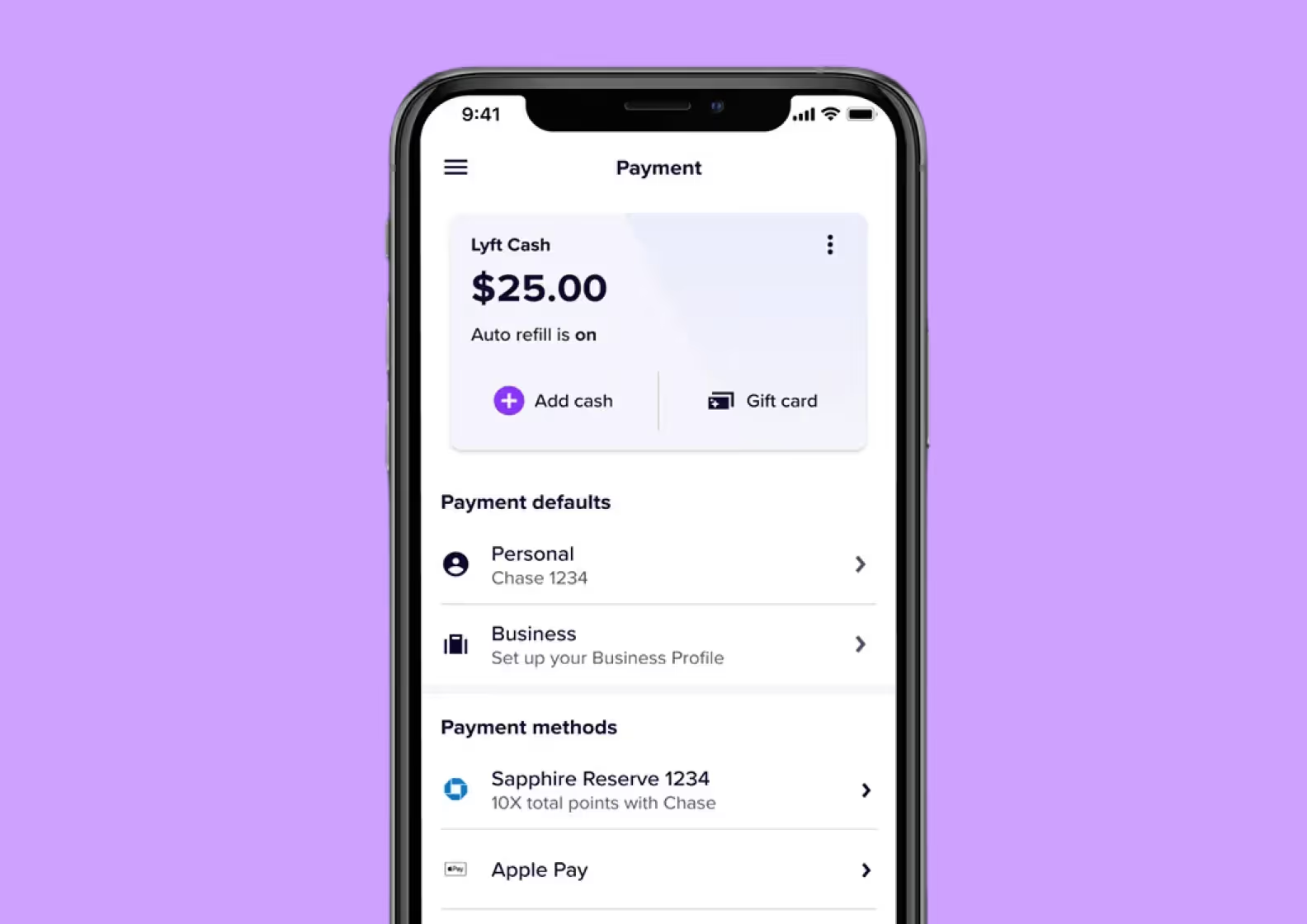
Provide incentives and rewards. You can offer referral bonuses, loyalty programs, or discounts — this will help you build a loyal customer base. Your passengers will most likely continue using your app and recommend it to others.
Ensure that the app has safety features. Safety is a top priority for users of a taxi booking app. To ensure their peace of mind, your app should have safety features such as an SOS button, emergency contact information, and driver background checks.
Implement surge pricing during peak hours or high-demand periods. When there are a lot of people wanting rides at once, surge pricing can make you more money without stopping users from getting a ride. However, it’s important to strike a balance between generating revenue and providing affordable and fair prices to users.

If you want to have a wide reach and create an app in the shortest time, think about cross-platform app development or even a PWA.
PWA (Progressive Web Apps) can be accessed through the browser. This solution is the most cost-effective, because you don’t have to tailor it to any particular mobile platform. The downside is — you won’t be able to utilize their strong-suits either. So consider what’s more important to you: better look and feel, or speed and cost of development.
Cross-platform development will let you create an app for both iOS and Android users in almost half the time. In this case, your taxi app developers can write code once, then reuse the bulk of it for the other platform, just by tweaking it. In the end, your app releases on both platforms with no issues, and you save up to 30% of the budget.
There are many different cross-platform frameworks out there, but we settled on two of the most popular ones: React Native and Flutter.
We chose React Native because it:
Flutter, even though it has only recently started to take the lead in the market, is still a great choice for cross-platform development. We chose it because:
Taxi booking app development is about cautious planning and implementation — this way, you can be sure it will be user-friendly and efficient. Take a look at our short guide on how to build a taxi app:
Before kicking off taxi mobile app development, take your time to determine the target audience. First of all, study the demographics of your potential users such as age, gender, location, and income. With this data, you'll be able to design the features and interface of your app to cater to your potential users. Then, turn to the competitors and conduct market research to understand how you can stand out among them.
<div class="post_divider"></div>
⭐ Our experience
A client from the US asked us to check the viability of his taxi aggregator idea. We used methodologies like Impact Map and Jobs-To-Be-Done to identify the target audience's needs. The product discovery process also included qualitative and quantitative research, and we built an economic model that confirmed the project's profitability. This allowed us to prove that the client’s idea was promising and he could implement it.

<div class="post_divider"></div>
Considering a minimum viable product can be useful for kicking off your project. The MVP approach focuses only on basic functions. This is a great way to minimize the ride sharing app development costs and time-to-market. Start with introducing the most essential features in your app — you'll be able to improve the functionality and add some other ones later.
The intuitive and handy user interface is the key to the success of your app. Make sure that it's easy to navigate yet elegant and visually appealing.
At this point, we have a specific way of working that we use a lot. We highly recommend you use it too:
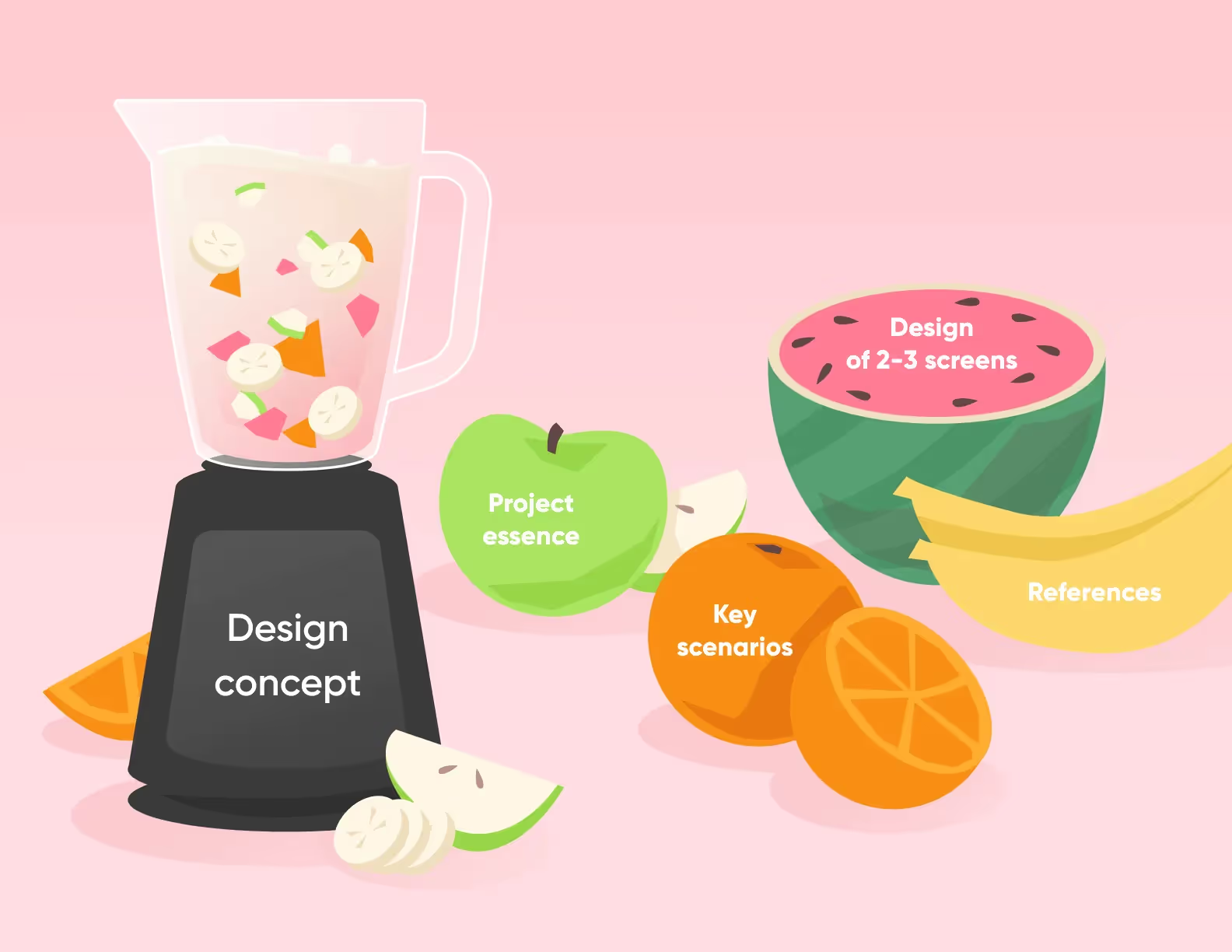
With the right technology stack, you have greater chances to build a robust and scalable app. Think of the frameworks and tools for developing your app. If you need to create a mobile app, React Native is our top pick. With this framework, developers will create an app that will function both on iOS and Android platforms. Allowing a single team to work on both versions simultaneously will save you money and time.
We suggest investing in a strong infrastructure. This will help your app run smoothly and quickly respond to user requests.
Test your app rigorously before launching it — this will help you ensure the app has no bugs and performs well. Conduct user testing to get feedback on the usability and features. You can use the feedback to iterate and finally create a version that satisfies the needs of your target audience.
At this stage, we use different types of testing. We suggest trying them out for yourself:
Integration testing. After the app development process is over, we check to see how it interacts with the app’s existing infrastructure. For example, if we added an option to upload photos to the taxi cab app, we check to see how the product responds to videos.
System testing. Once we develop the app fully, we go through an additional round of tests. This step allows us to see some glitches and bugs that were previously undetected.
Acceptance testing. We ensure that the application meets certain business needs and the users can utilize it to the fullest. The successful completion of this step guarantees that the app makes money.
Once you have fully completed the development, it’s time to launch it on app stores. Promote your app through social media, influencer marketing, and other digital channels. Use data analytics to track user engagement and identify areas for improvement.
Like in any niche, taxi app development comes with its own set of challenges. If you want your product to be successful, you need to find a way to address them. Let’s go over some of the more prominent ones, so you know where to look down the line.
Due to inaccurate location data and vague maps, drivers and passengers often struggle to find each other. As a result, users can become frustrated and run out of their free waiting time, which can leave a bad impression and even make them delete the app.
To address this, the taxi service should frequently update location data and use detailed maps. Note that certain maps may not be suitable for specific regions. For example, Google Maps often lacks detail in rural areas. If your taxi application will operate in remote locations, use services like OpenStreetMap for more accurate information.
Another challenge is to provide an extra layer of safety for users. For example, you can integrate a two-step authentication process for the driver. This will ensure that the person driving is the one who is authorized.
An SOS button with 24/7 support is also essential. It should be available until the passenger confirms the ride has ended. This should apply even if the driver has already marked the ride as finished.
Taxi services are very complex. They have to include integrated payment processing, real-time data synchronization, servers, and databases. The challenge is synchronizing everything, while keeping the performance steady. It becomes especially relevant during peak times.
You can address these problems by partnering with an experienced taxi app development company. Look at their portfolio, it should have a case that’s close to yours, or at least include apps with similar features.
The key part of a cab app for the business owner is monetization. Some ways are appropriate for specific cab services, and some for aggregators. Even so, don’t be afraid to try new options and combinations before taxi app development.
In this model, a driver is charged a fee for every ride they complete through the app. The commission size depends on several factors, such as location, time of day, and the ride distance.
You can also sell advertising space within the app to third-party businesses. This provides an opportunity for local businesses to promote their products and services.
Another option is to offer riders a subscription: by paying a flat fee they can use a certain number of rides per month. This can be beneficial for frequent riders who want to save money on their rides.
We implemented the subscription model in a video content marketplace app we developed some time ago. The subscription included one trial month — which can also be a great option to consider for a cab booking app.
By partnering with other businesses, such as hotels, airlines, or event organizers, taxi apps can increase their visibility and reach new customer segments. The model can ensure a higher revenue and potential revenue-sharing arrangements.
The cost of a taxi booking app development varies depending on the app features, complexity, and the number of platforms. For instance, it’s more expensive to develop an app for both Android and iOS than for just one platform.
Typically, the taxi mobile app development cost varies from $87,000 to $150,000.
Understanding the competition, identifying user expectations, learning from successful apps, and staying up-to-date with the most recent technologies and trends. All of this is crucial if you want to create a custom taxi booking app that will win users’ hearts. Therefore, be sure to research the most popular taxi apps before developing your own. By analyzing successful cab booking apps, you can gain valuable insights into what works and what doesn’t.
Uber is among the most well-known and widely used cab ordering apps globally. At the moment, Uber is presented in more than 900 metropolitan areas worldwide. It enables users to book rides, track the ride in real time, and view information about the driver, all while offering various payment methods. Uber has also expanded its services and now provides food and package delivery services, and even electric bike rentals.

Bolt is previously known as Taxify. Now, it's one of the most popular cab-ordering apps in Europe and Africa. With Bolt, you can book a ride, track your driver, and pay for the ride via the app — just like with Uber. But Bolt also has a unique feature — “Quiet Mode,” which allows riders to indicate if they prefer a silent ride.
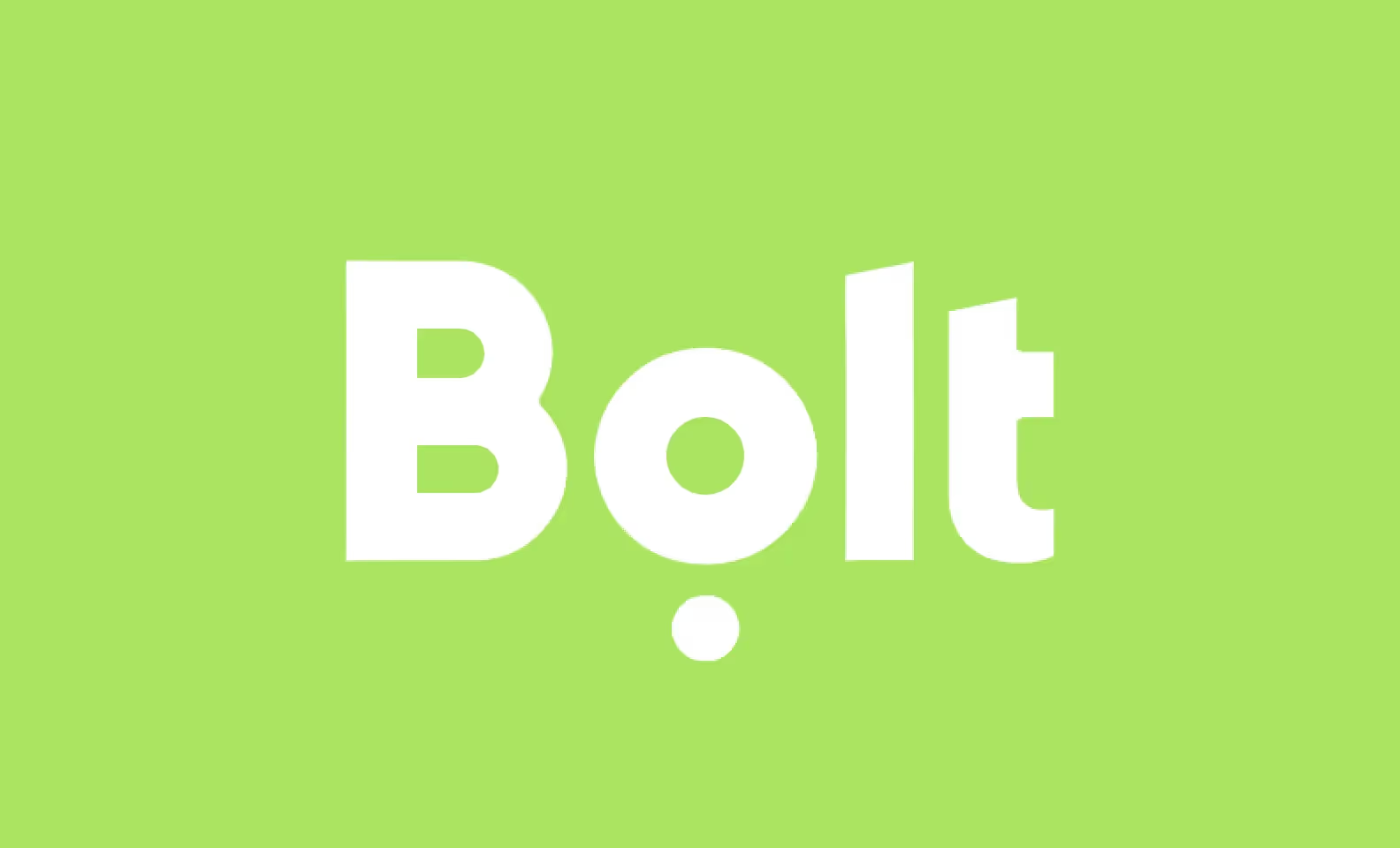
Lyft is Uber’s biggest competitor in the US. The service offers a unique “Round Up and Donate” feature to its users. Riders can round up their fee to the nearest dollar, and the difference can be donated to a charitable organization they choose. In certain cities, Lyft has also expanded its services to bike and scooter rentals.

In conclusion, a cab booking app development can be a profitable business opportunity in the rapidly growing ride-hailing and taxi market. The growth in the segment is driven by the convenience and affordability of taxi services. It indicates that the demand for the apps will continue to rise in the coming years.
➡️ Looking to turn your cab booking app idea into a reality? Our experienced team will help you create a custom taxi booking app that will exceed user expectations. Simply <a class="blog-modal_opener">fill out the form</a>, and we’ll get back to you with the project estimation in 24 hours. Don’t wait any longer, let’s start building your dream app together.